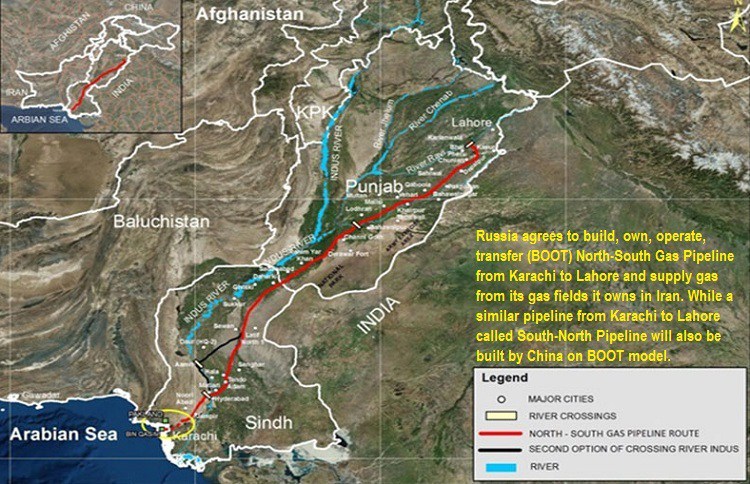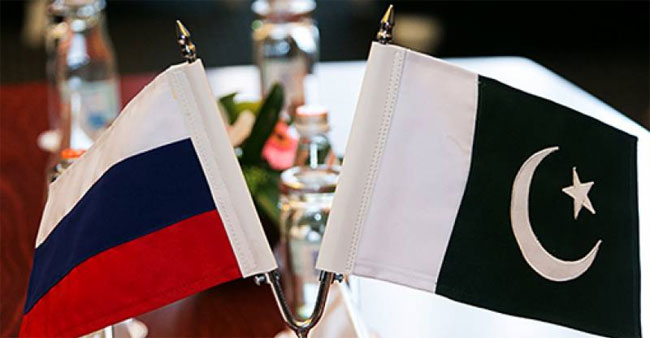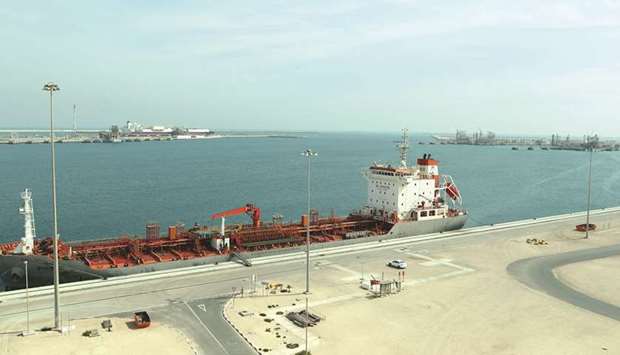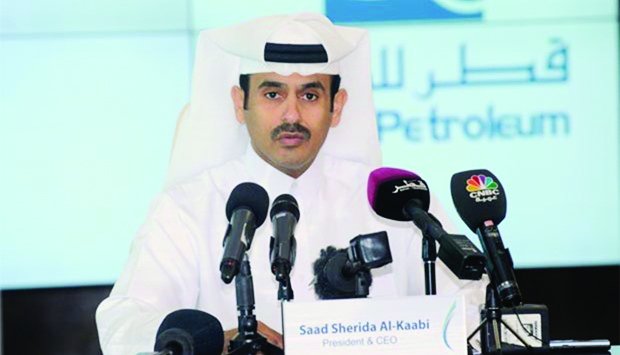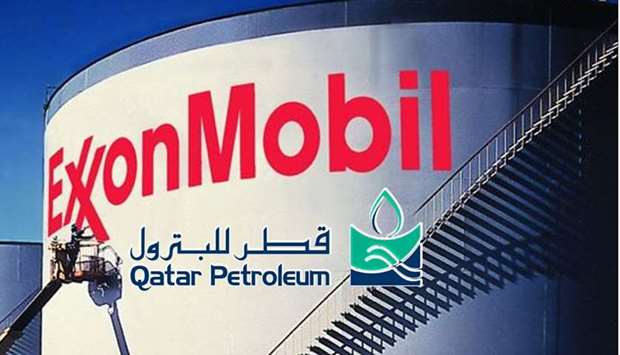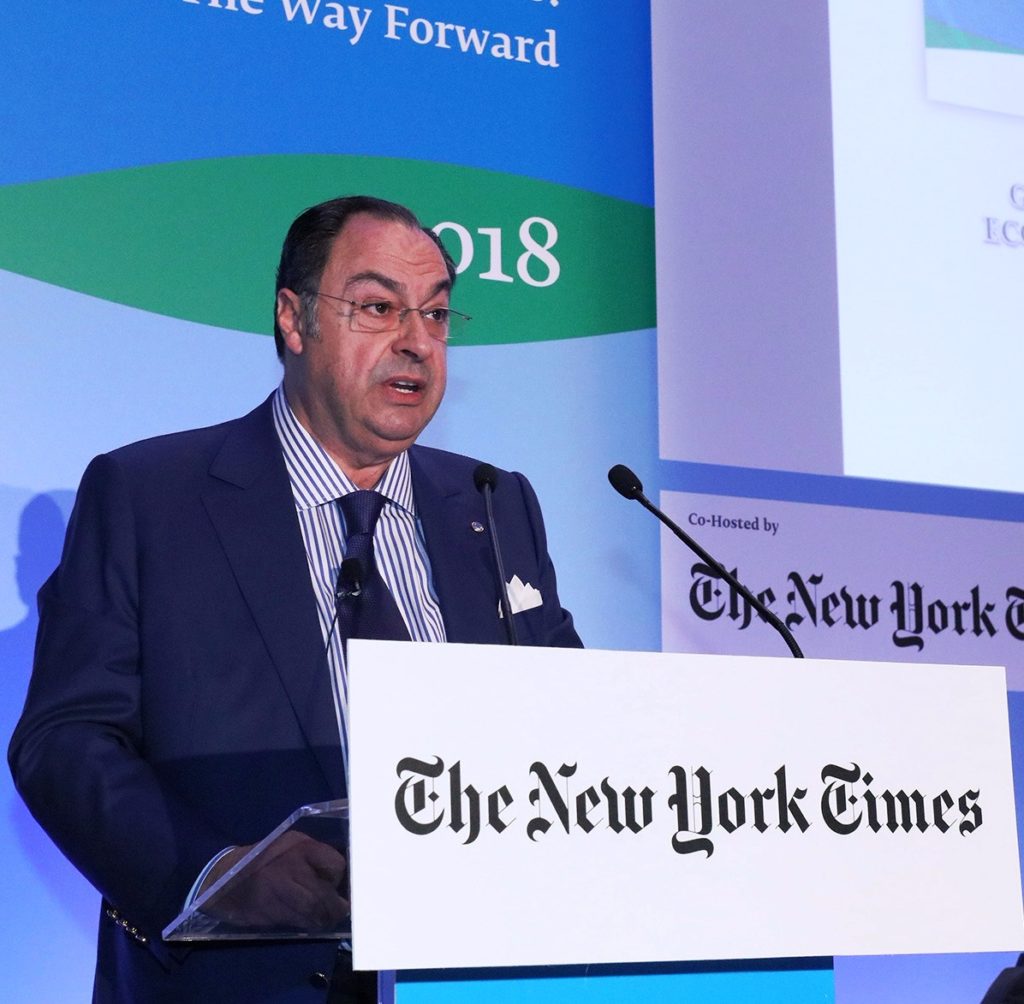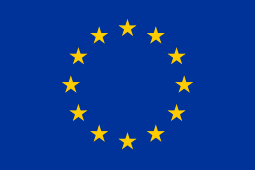Energy for the common good of humanity

By Jeffrey D Sachs/New York
The climate crisis we now face is a reflection of a broader crisis: a global confusion of means and ends.
We continue to use fossil fuels because we can (means), not because they are good for us (ends). This confusion is why Pope Francis and Ecumenical Patriarch Bartholomew are spurring us to think deeply about what is truly good for humanity, and how to attain it.
Earlier this month, the Pope and patriarch each convened business, scientific, and academic leaders, in Rome and Athens, respectively, to hasten the transition from fossil fuels to safe renewable energy.
In most of the world today, the purposes of politics, economics, and technology have been debased.
Politics is regarded as a no-holds-barred fight for power, economics as a ruthless scramble for wealth, and technology as the magic elixir for more economic growth.
In truth, according to Francis and Bartholomew, we need politics, economics, and technology to serve a far greater purpose than power, wealth, or economic growth.
We need them to promote human well-being today and for future generations.
America may be the most confused of all.
The United States today is rich beyond imagining, with median household income and gross domestic product per capita each equal to nearly $60,000.
The US could have it all.
Instead, what it has is widening income inequality, falling life expectancy, a rising suicide rate, and epidemics of obesity, opioid overdoses, school shootings, depressive disorders, and other grave ills.
The US incurred $300bn in losses from climate-related disasters last year, including three massive hurricanes – the frequency and intensity of which has risen, owing to fossil-fuel dependence.
The US has vast power, wealth, and growth, and yet diminished well-being.
The US economy and politics are in the hands of corporate lobbies, including Big Oil.
Resources are relentlessly allocated to developing more oil and gas fields not because they are good for America or the world, but because the shareholders and managers of ExxonMobil, Chevron, Conoco Philipps, and others demand it.
Trump and his minions work daily to undermine global agreements and domestic regulations that have been put in place to accelerate the shift from fossil fuels to renewable energy.
Yes, we can produce more oil, coal, and gas.
But for what? Not for our safety: the hazards of global warming are already upon us.
Not because we lack alternatives: the US has ample wind, solar, hydro, and other sources of primary energy that don’t cause global warming.
The US economy, alas, is an out-of-control juggernaut, chasing oil wealth and jeopardising our very survival.
Of course the US is not alone in the mad pursuit of wealth over well-being.
The same get-rich-quick confusion of means and ends is causing Argentina, host of the G20 Summit later this year, to pursue fracking of natural gas, with all the associated climate and environmental risks, instead of tapping its bounteous potential in wind, solar, and hydro power.
The same corruption of purpose is causing the Canadian government to guarantee a new pipeline to export output from its polluting and expensive oil sands to Asia, while under-investing in Canada’s vast renewable energy sources.
In his meeting with the CEOs of major oil and gas companies, Francis told them, “Our desire to ensure energy for all must not lead to the undesired effect of a spiral of extreme climate changes due to a catastrophic rise in global temperatures, harsher environments, and increased levels of poverty.” He noted that the oil companies are engaged in “the continued search for new fossil fuel reserves, whereas the Paris Agreement clearly urged keeping most fossil fuels underground.” And he reminded the executives that, “Civilisation requires energy, but energy use must not destroy civilisation!”
Francis underscored the moral dimension of the problem:
“The transition to accessible and clean energy is a duty that we owe toward millions of our brothers and sisters around the world, poorer countries and generations yet to come.
Decisive progress on this path cannot be made without an increased awareness that all of us are part of one human family, united by bonds of fraternity and solidarity.
Only by thinking and acting with constant concern for this underlying unity that overrides all differences, only by cultivating a sense of universal intergenerational solidarity, can we set out really and resolutely on the road ahead.”
As Francis was meeting the CEOs in Rome last week, Bartholomew was similarly convening leaders of scientific institutions, UN agencies, and major faiths in Athens and the Peloponnese, to chart a path to environmental safety.
Bartholomew also underscored the fundamental moral concern. “The identity of every society and measure of every culture are not judged by the degree of technological development, economic growth or public infrastructure,” he said.“Our civil life and civilisation are defined and judged primarily by our respect for the dignity of humanity and integrity of nature.”
The 300mn faithful of the Eastern churches led by the Ecumenical Patriarch are in lands facing extreme dangers from global warming: intense heat waves, rising sea levels, and increasingly severe droughts.
The Mediterranean region is already beset by environmental distress and forced migration from conflict zones.
Unchecked climate change – which has already contributed to conflict – would spell disaster for the region.
Bartholomew’s conference opened at the Acropolis, the very heart of ancient Athens, where 2,300 years ago Aristotle defined ethics and politics as the quest for well-being.
The political community, wrote Aristotle, should aim “at the highest good,” to be achieved by cultivating the virtues of the citizenry.
Aristotle famously contrasted two types of knowledge: techne (technical know-how) and phronesis (practical wisdom). Scientists and engineers have given us the technical knowledge to move rapidly from fossil fuels to zero-carbon energy.
Francis and Bartholomew urge us to find the phronesis, the practical wisdom, to redirect our politics and economies toward the common good. – Project Syndicate
*Jeffrey D Sachs, Professor of Sustainable Development and Professor of Health Policy and Management at Columbia University, is Director of Columbia’s Center for Sustainable Development and the UN Sustainable Development Solutions Network.
